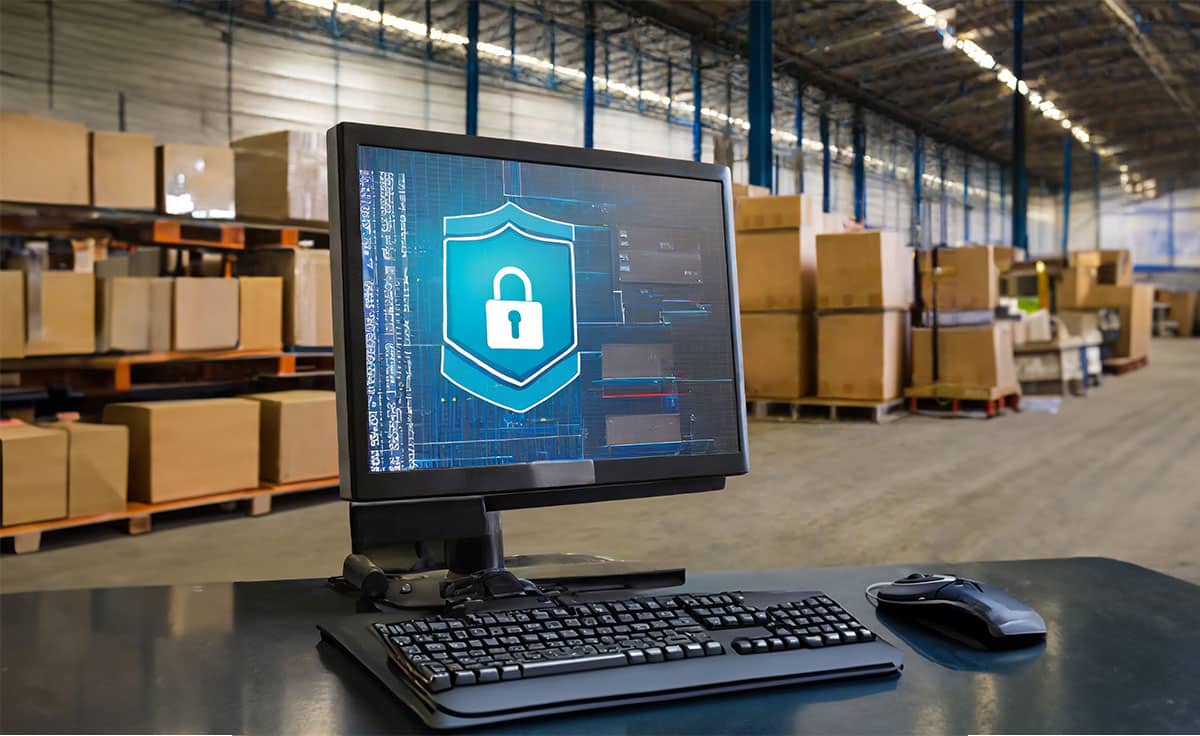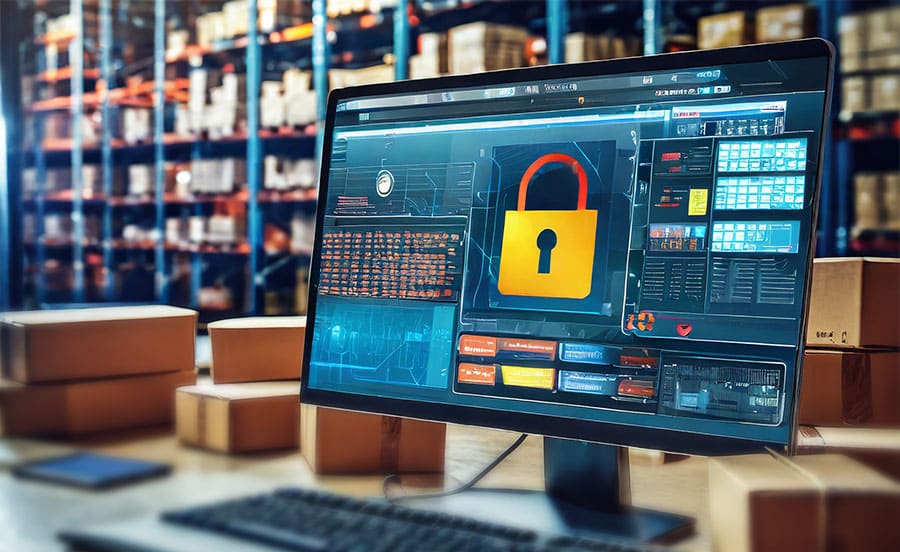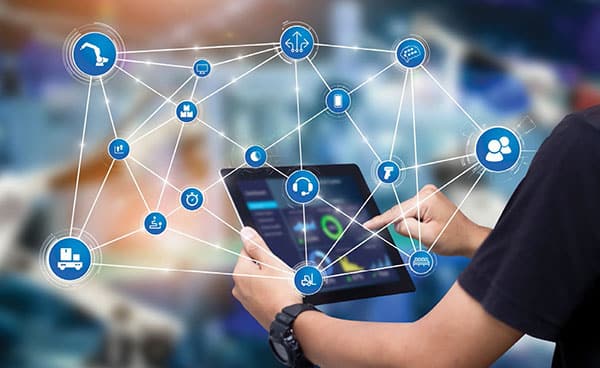Ecommerce sales are up 55% in the first seven months of 2020, leading to a record setting $434.5 billion spent online. As a result, ecom is becoming an even larger percent of total retail sales. Despite the accelerating transition to ecommerce, consumers still want to get their purchases the same day. To provide fast and free delivery, Amazon, Target, Best Buy, Walmart and many grocery retailers have been expanding curbside pick-up and same-day delivery options. However, most stores are not set up to do fulfillment well.
To improve local fulfillment, many retailers are planning for a hybrid future with localized fulfillment centers, dark stores, and two-channel stores. Within this hybrid real estate, micro-fulfillment technology will co-exist with AI optimized manual processes to provide retailers with flexible, efficient operations across all facilities. To get there, most retailers are following a “crawl, walk, run approach,” focusing first on optimizing manual picking processes and slowly adding micro-fulfillment technology rather than betting the business on fully automated solutions out of the gate.
The Race to Fast and Free Delivery Leads To The Evolution of Fulfillment Networks
Amazon first unveiled its Prime membership with free two-day shipping back in 2005, and has since expanded that to same day and even one-hour service for certain products in certain markets. Traditional retailers are keeping pace by introducing their own same-day and next-day options by leveraging their stores as fulfillment points.
The race to fast and free delivery is accelerating as more and more consumers shift to online shopping and adopt same-day pick up and delivery.
Transforming Distribution For Consumer Fulfillment
Traditional retail stores rely on large centralized DCs to replenish retail operations (grocery, clothing, sporting goods, etc.) and handle small, parcel or emergency orders. As ecommerce expanded, many retailers tried to fulfill those direct-to-consumer orders from their existing DCs, but they were not designed for this, so service and efficiency suffered. In response, many retailers separated ecommerce fulfillment from store replenishment operations – often by building dedicated ecom fulfillment centers, hiring 3PLs, or pushing fulfillment to manufacturers.
The Push To Local Fulfillment
To meet the same-day challenge, many retailers have started to transition to fulfilling ecom orders from stores. Similar to DC-based ecom fulfillment from regional DCs, most stores are not set up to do fulfillment well, so they have been scrambling to upgrade their local fulfillment capabilities. This is leading to the development of a mix of local fulfillment facilities, including highly automated metro fulfillment centers, dark stores, micro-fulfillment centers, and hybrid stores supporting in-store and online shoppers. Gartner Group refers to this as “Hyperlocal Fulfillment.”
In a recent report, Target stated that fulfilling ecom orders from store (for pick up) is 90% cheaper than from a DC (due to the savings on shipping and packaging), but in-store picking is still a loss-leader for most retailers, since it is free (compared to regular in-store sales), since they are absorbing the cost of in-store pickers.
Key Challenges For Picking In Stores – Although store fulfillment avoids shipping and packaging costs, picking costs are much higher in stores than in fulfillment centers, for a number of reasons::
- Store layouts and product slotting are not optimized for picking efficiency.
- Small-format/urban stores may not be able to devote space to order assembly to make it more efficient.
- Inventory tracking and accuracy challenges with a mix of shoppers.
- Potential customer frustration from navigating around picking carts as they shop for themselves.
There are several process improvements retailers can implement to increase efficiency and throughput in their store-based picking operations, including:
- Zone Picking
- Put Wall/Order Consolidation
- Two-Stage Picking
- AI Optimized Batch Picking
- Travel Optimization
- Multi-Modal Directed Picking: Voice, Scan & Display
Most stores will need to upgrade and optimize their picking technology to fully realize the efficiency opportunities of these improved processes. To learn more, check out our recent post, “Six Ways To Improve Store-Based Fulfillment.” That post describes how stores can adopt DC best practices and AI-based optimization and work execution tools.
Adding Modular Micro-Fulfillment Technology to In-Store Operations
The next phase in optimizing localized fulfillment is through goods-to-person, modular micro-fulfillment technology which can be applied in the back of a store, or in all-new small-scale fulfillment centers.
Modular micro-fulfillment offers a number of advantages:
- Speed– Enables one-hour delivery and pickup for customers.
- Operational Flexibility – Can scale up or down based on order count (add or take away robots)
- Accuracy– All inventory is within the system because employees and customers are not taking products off the shelves.
- Addresses the labor challenge– Robot efficiency decreases the amount of necessary human labor.
- Preserves the customer experience– Eliminates the challenges of picking in-stores alongside customers.
Combining Modular Micro-Fulfillment with Optimized Manual Pick Processes
In some cases, stores will use micro-fulfillment for some products, and may still rely on optimized manual processes for low velocity and/or larger items. In addition, frozen, meat or fresh baked products in a grocery store make more sense to leave within the store inventory to be picked by an associate. Orders from the automated system can then be merged with human-picked items using small, modular put walls to ease the packing process.
By marrying up micro-fulfillment, AI and manual processes, companies will be able to keep their online customers happy by delivering products faster and free without impacting their in-store shoppers. Watch our brief animation below to learn more about combining modular micro-fulfillment with optimized manual processes.






